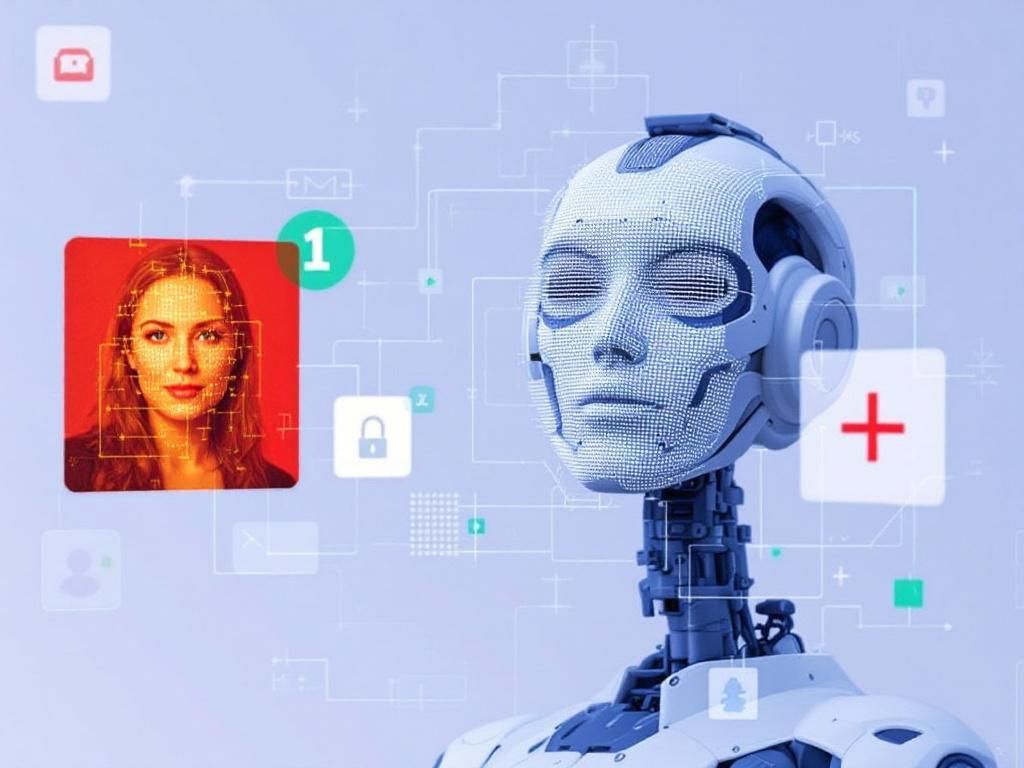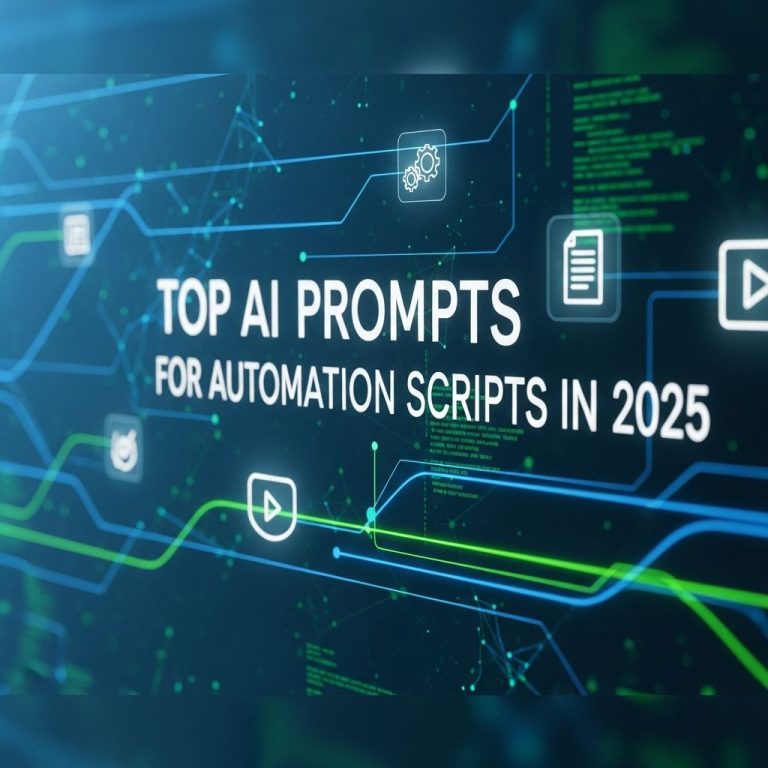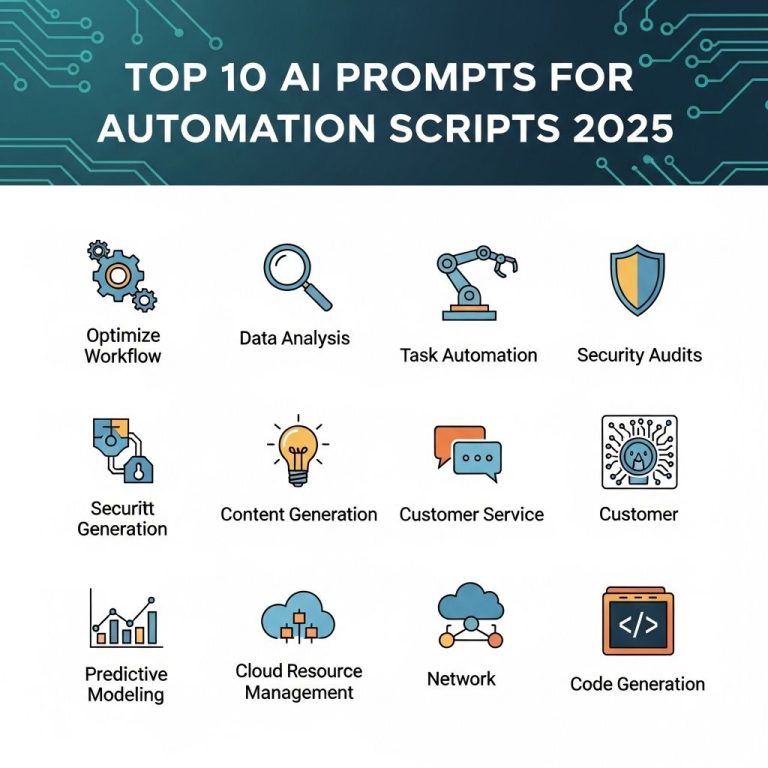The rapid advancement of artificial intelligence has significantly transformed numerous sectors, one of which is image recognition. This technology is not just vital for tech companies; it is also becoming increasingly important in fields like healthcare, security, and retail. As we step into 2025, an array of sophisticated tools and platforms has emerged that leverage AI to enhance image recognition capabilities. In this article, we will explore some of the most powerful AI image recognition tools that are set to make waves in the coming years.
Understanding Image Recognition Technology
Image recognition technology encompasses various techniques that enable computers to identify and process images. This involves not only recognizing objects or faces but also interpreting complex patterns in visual data. The foundation of these technologies lies in deep learning and neural networks, which mimic human cognitive functions to improve accuracy and efficiency.
The Evolution of AI in Image Recognition
Over the past decade, AI image recognition has evolved through a few key phases:
- Early Algorithms: Initial methods focused on pixel analysis and basic pattern recognition.
- Machine Learning: The introduction of machine learning allowed systems to learn from data, improving recognition rates.
- Deep Learning: With the advent of deep learning, models like Convolutional Neural Networks (CNNs) revolutionized how machines process images, achieving unprecedented levels of accuracy.
Leading AI Image Recognition Tools to Watch
Here’s a look at the top AI image recognition tools expected to lead the way in 2025:
1. Google Cloud Vision API
Google Cloud Vision API provides developers with powerful tools for image analysis and utilizes Google’s vast machine learning capabilities. Key features include:
- Label detection for identifying objects, locations, and activities in images.
- Facial recognition to detect faces and their attributes.
- Product search to identify products in images.
2. Amazon Rekognition
Amazon Rekognition is known for its robust image and video analysis capabilities. It serves numerous industries, including security and marketing. Notable features include:
- Facial analysis to determine age, gender, and emotions.
- Object and scene detection for comprehensive image understanding.
- Integration with AWS services for enhanced scalability.
3. IBM Watson Visual Recognition
IBM Watson Visual Recognition offers customizable models that can be trained to recognize specific visual elements pertinent to business needs. Its features include:
- Custom model training to suit unique image recognition tasks.
- Automatic tagging and categorization of images.
- Integration with IBM’s Watson suite for enhanced AI capabilities.
4. Microsoft Azure Computer Vision
Microsoft’s Azure Computer Vision makes image processing easy for developers and businesses. Its functionality includes:
- Optical Character Recognition (OCR) to read text in images.
- Image tagging and captioning based on content.
- Spatial analysis for understanding layouts and designs.
5. Clarifai
Clarifai stands out for its versatile platform that offers powerful image and video recognition features. It provides:
- A comprehensive API for easy integration.
- Custom model training specifically designed for niche applications.
- Machine learning capabilities to keep improving recognition accuracy.
Comparison of AI Image Recognition Tools
To better understand the differences and strengths of these tools, here’s a comparative table:
| Feature | Google Cloud Vision | Amazon Rekognition | IBM Watson | Microsoft Azure | Clarifai |
|---|---|---|---|---|---|
| Facial Recognition | Yes | Yes | Yes | Limited | Yes |
| Custom Model Training | No | No | Yes | No | Yes |
| Optical Character Recognition | No | Limited | No | Yes | No |
| Integration with Other Services | High | High | High | High | Medium |
| Real-Time Processing | Yes | Yes | No | Yes | Yes |
Use Cases of AI Image Recognition
AI image recognition technology is being applied in various sectors, providing innovative solutions. Here are some prominent use cases:
Healthcare
In healthcare, image recognition tools are utilized for:
- Disease detection through analysis of medical imaging.
- Enhancing diagnostic accuracy by identifying patterns in x-rays and MRIs.
Retail
In the retail industry, image recognition aids in:
- Product recommendations based on visual similarities.
- Inventory management by scanning shelves and tracking stock levels.
Security
Security systems deploy image recognition for:
- Facial recognition in surveillance systems.
- Identifying suspicious activities through pattern recognition.
The Future of Image Recognition
As we move further into 2025 and beyond, we can anticipate several trends that will shape the future of AI image recognition technology:
1. Enhanced Accuracy through Federated Learning
Federated learning allows models to be trained on decentralized data, enhancing privacy while improving accuracy. This will likely lead to more personalized and effective image recognition systems.
2. Real-Time Processing and Edge Computing
With the shift towards IoT and edge computing, real-time image recognition processing will become crucial, enabling applications like autonomous vehicles and smart cameras.
3. Ethical Considerations and Regulations
As AI image recognition becomes ubiquitous, ensuring ethical usage and compliance with regulations will be paramount. Companies will need to prioritize transparency, data protection, and fairness in their systems.
Conclusion
AI image recognition technology is poised for significant growth and innovation in 2025, with numerous tools and applications emerging to meet the diverse needs of various industries. By understanding the capabilities and use cases of these tools, businesses can leverage AI to enhance their operations, improve customer experiences, and stay competitive in a rapidly evolving technological landscape. Keeping an eye on future trends and ethical considerations will be essential as we navigate this exciting frontier.
FAQ
What are the top AI image recognition tools for 2025?
Some of the top AI image recognition tools for 2025 include Google Cloud Vision, Microsoft Azure Computer Vision, Amazon Rekognition, and OpenCV. These tools are expected to enhance their capabilities significantly by 2025.
How does AI image recognition work?
AI image recognition works by using deep learning algorithms that analyze and interpret visual data. These algorithms are trained on large datasets to recognize patterns, objects, and features within images.
What industries benefit from AI image recognition technology?
Industries such as healthcare, retail, automotive, and security benefit greatly from AI image recognition technology. It helps in tasks like medical imaging analysis, inventory management, and surveillance.
Can AI image recognition tools improve over time?
Yes, AI image recognition tools can improve over time as they are trained on more data and refined algorithms. Continuous learning enables these tools to enhance their accuracy and efficiency.
What are the privacy concerns associated with AI image recognition?
Privacy concerns associated with AI image recognition include surveillance, unauthorized data collection, and potential misuse of personal images. It’s essential to implement ethical guidelines and data protection measures.
Are there free AI image recognition tools available?
Yes, there are free AI image recognition tools available, such as Google Vision API’s free tier, OpenCV, and TensorFlow. These tools can be used for various projects without incurring costs.




